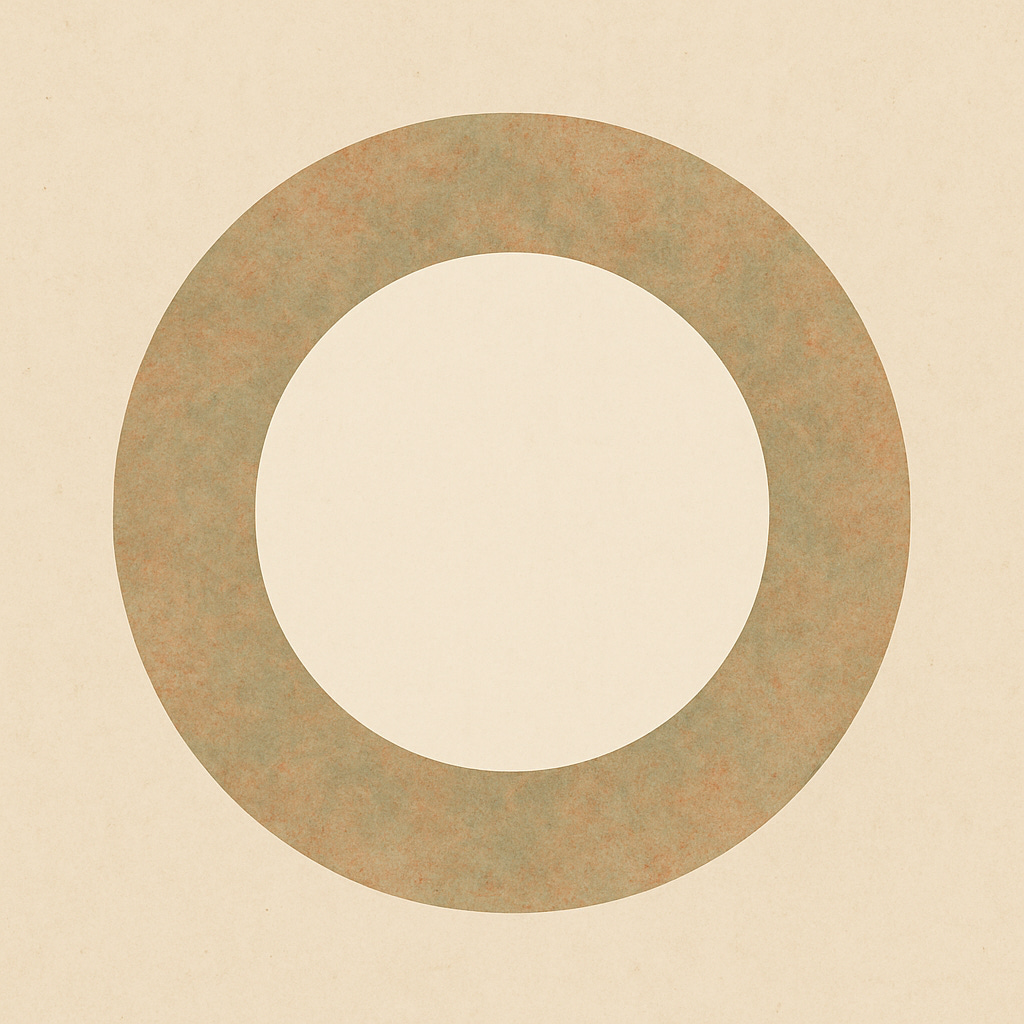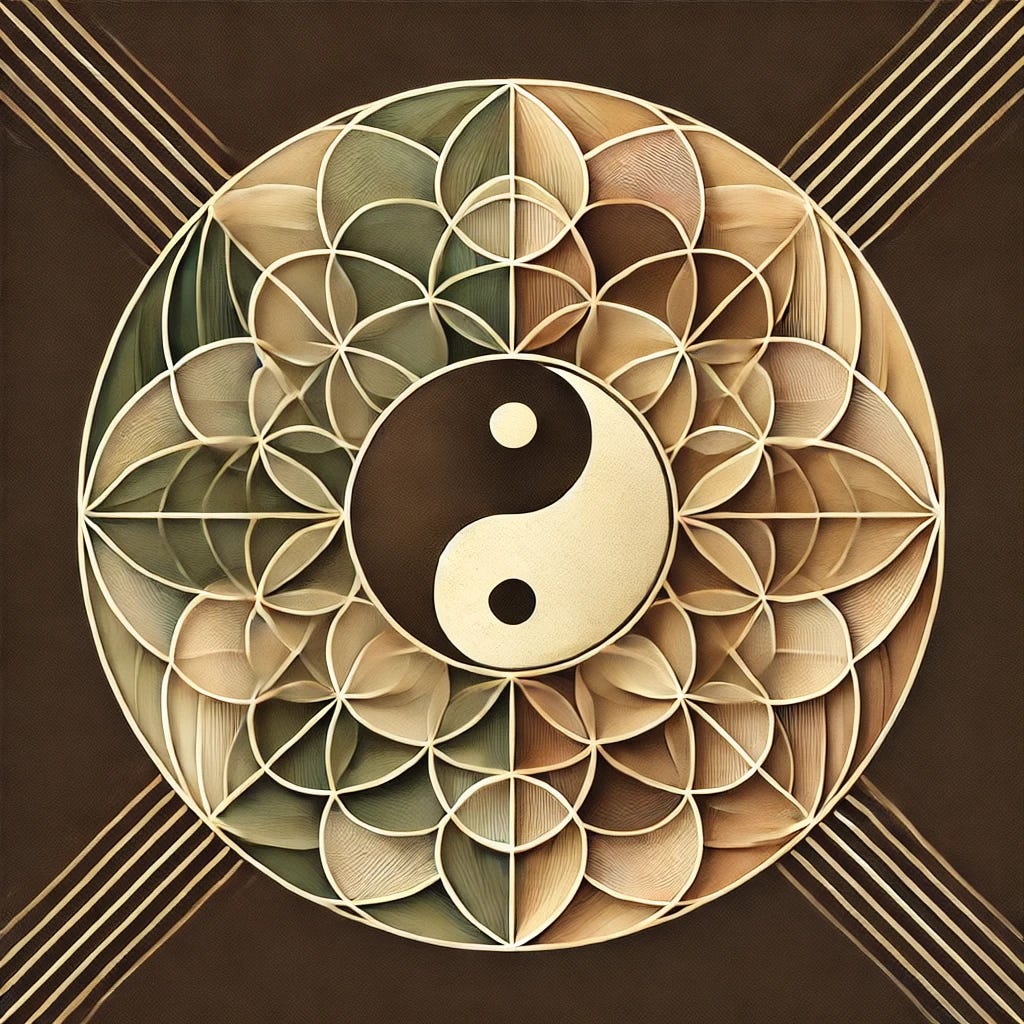Welcome to The Vitruvian Protocol. Built for those who seek clarity, agency, and inner alignment.
Ping. Ping. Ping.
In today’s fast-paced world, the pressure to focus on one thing is challenging. Especially when your mind is overflowing with creative potential. The distractions are too easy to access.
Of course you know that to thrive you will have to develop the ability to focus.
But you read this and have already checked your phone.
The overflow of creativity and ideas around the internet is holding people back from committing. Focus becomes a challenge and distractions become a lifestyle.
All of that is not entirely our fault.
The advantage is in finding a balance between focus and distraction througha structured approach that will drive you towards productivity. The untamed mind needs to be tamed, but not in the way you think it should.
Here is the roadmap to achieve a balance of creativity and productivity:
Leonardo da Vinci: The Renaissance Genius
Leonardo da Vinci, the Renaissance genius, was renowned not just for his paintings but also for his inventions, anatomical studies, and engineering marvels.
His life was a chaotic blend of unfinished projects, but what we often overlook is how his scattered curiosity allowed him to make connections that others couldn’t.
What if his wandering mind was his secret weapon?
As modern-day creatives, we face a similar dilemma. Our minds are constantly jumping from one idea to the next. But, much like da Vinci, the art isn’t in limiting yourself.
It’s in creating a system that allows those ideas to flow freely, without sacrificing progress.
How I Became One
I remember the first time I felt overwhelmed by my own curiosity.
I’d bounce between writing, reading, other hobbies, and trying to learn new skills. It felt chaotic. But as I began to embrace a structured approach, I found that the freedom to explore still existed, but without the guilt or overwhelm.
The chaos seems only in my mind.
The solution to the chaotic mind is a structured approach.
What I mean by chaos is actually a mind overflowing with creativity. This was not easy to achieve but simple to start.
Rather than trying to figure it out yourself, you can try this:
How to Structure an Overflowed Mind
To build a productive, creative life, structure doesn’t mean confinement.
It’s about organizing the chaos so that you can fully embrace your curiosity. The source of motivation comes from curiosity. The structured approach comes from organizing your curiosity.
Chaos will become the starting point of a structured and evolved mind.
Here are practical steps to bring structured creativity and productivity into your life:
1. Create Dedicated Workstations
Instead of trying to do everything at once, set up different spaces. Both physical and digital, for your various creative pursuits.
For example:
Writing station: A comfortable desk with your laptop, a notebook, and a cozy atmosphere to get into the flow.
Art station: An easel or dedicated area for painting or sketching, with all materials easily accessible.
Digital space: Separate apps or devices for each creative project so your focus isn’t interrupted by other tasks.
By dedicating space for each activity, you allow your mind to switch between them more seamlessly without feeling scattered.
The mind of a creative person is naturally scattered. Using a different workstation for each dedicated environment of the mind will be the solution for balance. That’s where the chaos meets order.
Now, it’s time to manage the time.
2. Time-block Your Day
Once you’ve created your workstations, it’s time to create a schedule.
Allocate specific time blocks to different projects and stick to them.
Even leisure time needs to be scheduled. Remember the station workspace? That’s where schedules are structured with a workstation.
For example:
Morning: Writing for 2 hours.
Afternoon: Painting for 1 hour, learning a new skill for 1 hour.
Evening: Resting the mind for 2 hours.
Time-blocking helps you avoid the temptation to jump between projects aimlessly.
This helps you give each area of your creativity dedicated focus.
It also gives you small wins that you can stack up after you complete each block of time.
How to balance it all?
3. Balance Passion Projects and Professional Work
It’s important to set aside time for your passion projects, but don’t let them overwhelm your professional responsibilities.
Create a balance by treating your passion projects with the same seriousness as your work tasks:
Dedicate time outside of regular work hours to explore creative outlets.
Use your day job or primary work as a foundation that supports and funds your creative endeavors, without letting it hold back your curiosity.
Let yourself fail and start over. Don’t allow your small losses to snowball.
Balancing both will help you stay grounded while still allowing room for the freedom to explore your passions.
Conclusion
A structured life of creativity isn’t about restricting your curiosity.
It’s about giving your passions the space they deserve while maintaining focus. By creating dedicated workstations, time-blocking your day, and balancing your passions with professional tasks, you can embrace a lifestyle that nurtures both creativity and productivity.
Remember, it’s about balancing chaos and focus.
Work on organizing your energy in a way that allows you to explore multiple avenues without losing sight of progress. As you embrace a structured, creative lifestyle, you’ll unlock new levels of productivity and fulfillment that were once clouded by the chaos of scattered ideas.
Vitruvian Life is the embodiment of that structured mind.
All of the resources needed to achieve the Vitruvian Life are here.
You’ll learn actionable tips and strategies for structuring your creativity, growing your skills, and making the most of your limitless potential.




